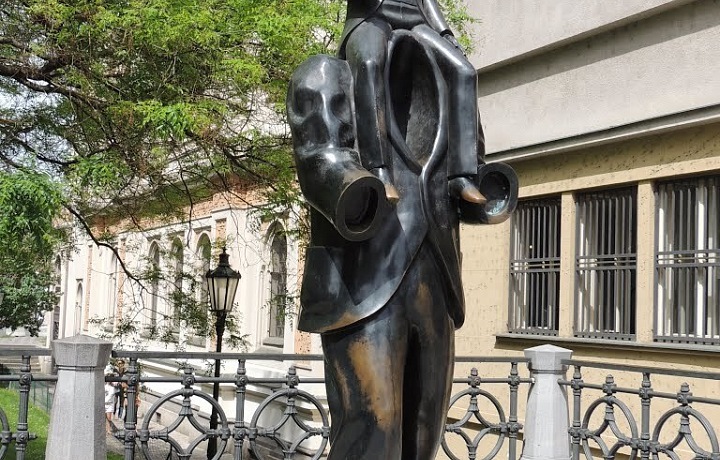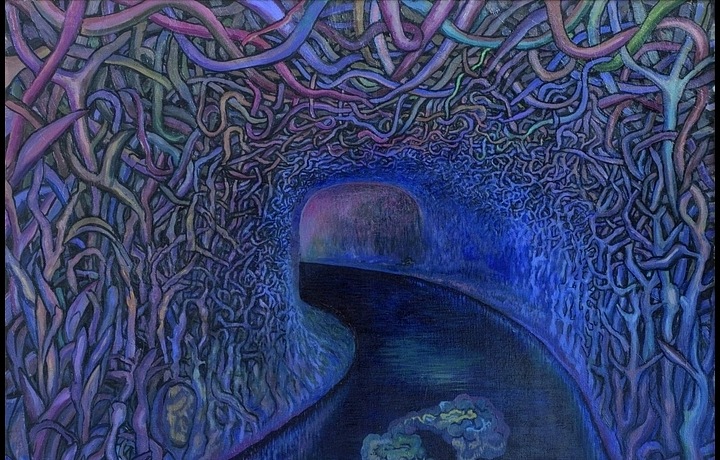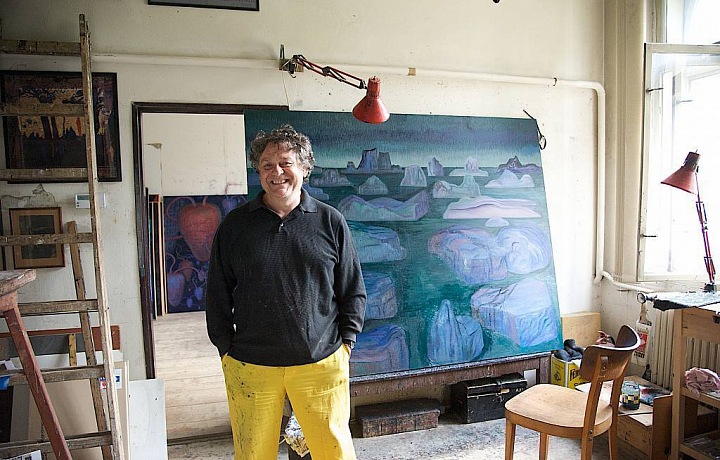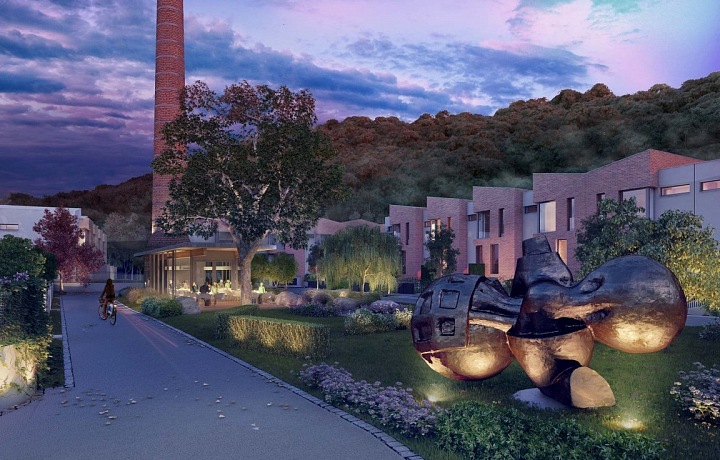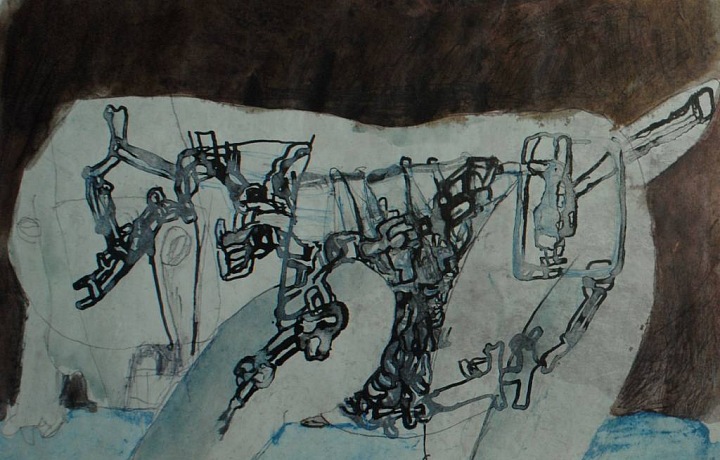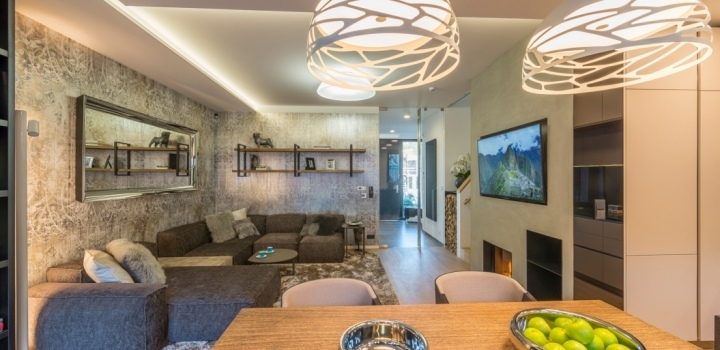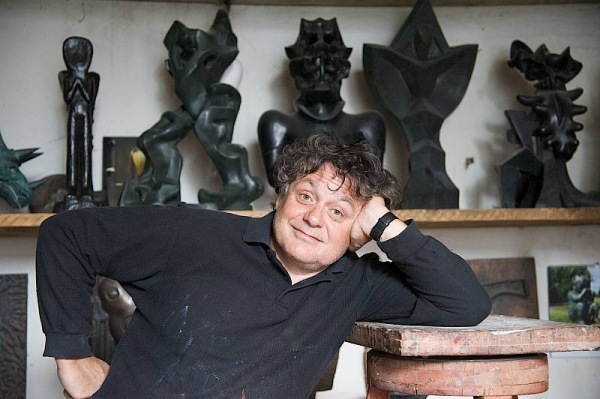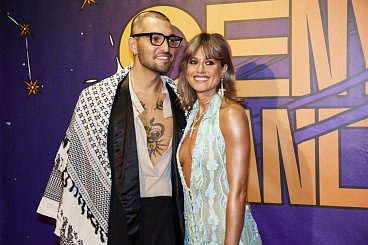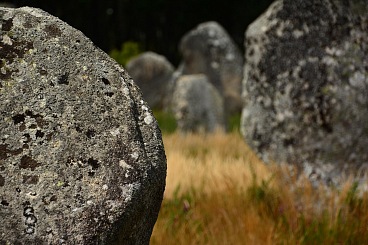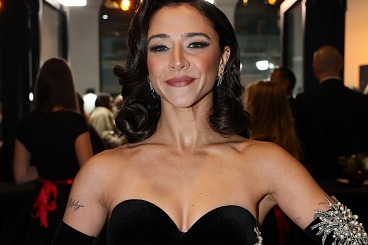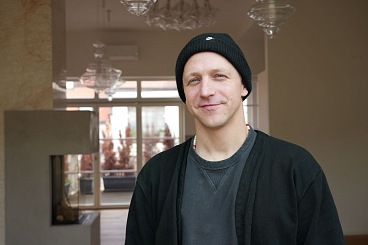Artist Jaroslav Róna: Šáreka Valley and Franz Kafka Memorial
The beginnings
Jaroslav Róna was born on 27 April 1957 in Prague. He is a prominent and highly talented Czech artist with a wide range of interests. The beginnings of his art are connected with the fur industry and glass arts, which led him to the studio of Stanislav Libenský. In the nineties of the last century the artist travelled all over the world, including destinations such as Italy, Spain, France, United States, Mexico or Indonesia. In this period he focused mainly on sculpting. He created several monumental sculptures – the Knight with the Dragon (Klatovy Chateau, 1994), Sepia (Klenová Chateau, 1996), Mythical Ship (Bratislava Quay, 2008), A Child from Mars (Ještěd). In 2001 he won the competition for the Franz Kafka Memorial, which was unveiled two years later near the Spanish Synagogue in the Old Town of Prague. For this statue he was awarded the Grand Prix in 2004 from the Association of Architects of the Czech Republic.
Mysterious soul of the artist
Scenes depicted in Róna’s paintings are characterized by an eerie, dark and mysterious atmosphere. Some works show mythological-prehistoric worlds, others contain a vision of a society and landscape after a global catastrophe, while some paintings are reminiscent of a sci-fi world. Sculptures of the artists are connected by a bizarre story referring to archetypes and mythical roots of our consciousness. Róna is our guide in the world of various beasts and mysterious creatures. Jaroslav Róna is also unique thanks to his use of symbolism. He prefers hidden, remarkable symbols and parables instead of clear reality. On the other hand, he is no stranger to hyperbole. His unique sense of humor lightens up the atmosphere and represents a stark contrast to the absurdity, feeling of being lost, astray or without roots, as is typical for Franz Kafka.
The Project in Šárka Valley
The unique scenery of the Šárka Valley offers a luxurious location as well as artistic sub-text. The dominating element of this place is the statue by Jaroslav Róna, located in the central park, which together with high trees creates one of the key elements of the composition and thus supports the spatial orientation of residents and visitors.


